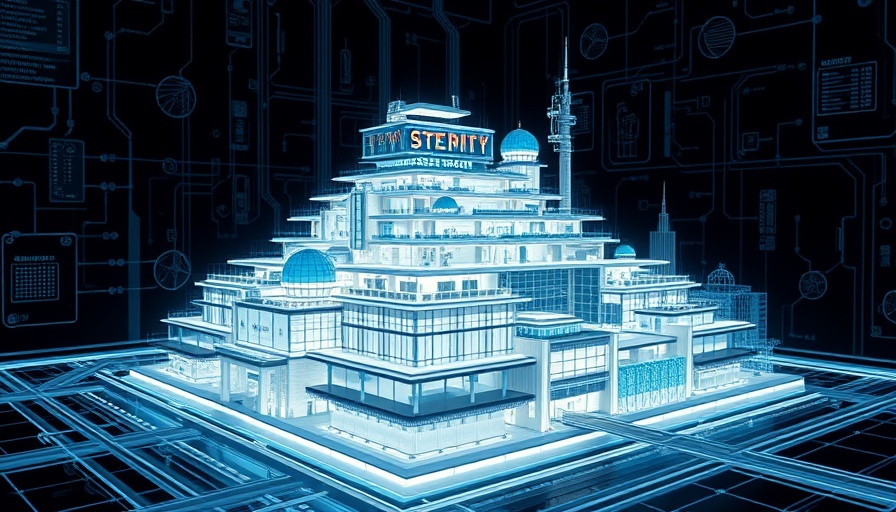
Transforming the Future of Home Improvement: The Power of BIM and GIS
In today’s rapidly advancing technological world, the fusion of Building Information Modeling (BIM) and Geographic Information Systems (GIS) brings significant improvements to how we approach 3D analysis and planning, particularly in urban settings like London. This integration offers innovative strategies for young homeowners, particularly those passionate about home improvement and eco-friendly living.
Understanding BIM and GIS: The Essentials
Before delving deeper into their integration, let’s clarify what BIM and GIS entail:
- BIM (Building Information Modeling): This is a comprehensive process involving digital representations of physical and functional characteristics of a building. BIM includes intricate details about structures like design, materials, and maintenance needs.
- GIS (Geographic Information Systems): GIS specializes in spatial data, facilitating users to map and analyze information pertaining to geographical locations. Its applications range across urban planning, environmental management, and transportation.
Together, BIM concentrates on intricacies of individual buildings while GIS addresses broader geographic implications, creating a powerful alliance that enhances decision-making.
The Benefits of Integrating BIM and GIS for Homeowners
For young homeowners, understanding the interplay between BIM and GIS fosters a more informed perspective when embarking on home renovation projects. Here’s how their integration is transforming the landscape:
1. Improved Contextual Understanding for Renovations
Urban planners and homeowners alike can leverage this integrated approach for more informed decisions.
When planning a significant renovation or new construction, visualizing your project within the context of its environment is crucial. Integrating BIM with GIS helps homeowners see how their proposed changes will interact with existing road networks, public areas, and community resources. This approach empowers homeowners to make decisions that align with local infrastructure and community needs.
2. Efficient Resource Management
For homeowners dedicated to eco-friendly living, BIM and GIS integration can enhance sustainability initiatives.
By accurately mapping environmental features and local resources, homeowners can optimize their renovation strategies. For example, understanding sunlight patterns in their area can help in making better decisions regarding the installation of solar panels or energy-efficient windows.
3. Facilitating Smart Home Solutions
Tech-savvy homeowners can benefit from the insights provided by integrated BIM and GIS.
Smart home technology is becoming increasingly prevalent; by utilizing data from BIM and GIS, homeowners can optimize their home automation systems for energy efficiency, security, and overall convenience. The result is a smart home that functions harmoniously within its geographical context.
Real-World Applications of BIM and GIS Integration
Several case studies highlight successful applications of integrating BIM and GIS. For instance, London’s City Hall utilized this combination during their Smart City initiative, enhancing urban functionality and environmental sustainability.
Similarly, construction companies are evolving their practices by employing this integration to better communicate design ideas to clients, stakeholders, and the community at large. This ensures that renovations not only meet individual homeowner requirements but also benefit the broader community.
Future Trends: What Lies Ahead?
The future of BIM and GIS integration points towards even more remarkable developments. As technology continues to grow, we can expect enhanced participation from homeowners in the planning and design phases of their projects, facilitated by intuitive technology and improved data access.
This proactive approach will likely empower a more environmentally aware generation of homeowners ready to contribute to sustainable urban development.
Engaging Your Community
Understanding the impact of your home decisions on the larger community is vital. Engaging with local initiatives that promote sustainable living and infrastructure can further enhance the benefits of your residential projects. Stay informed by subscribing to local newsletters and participating in community events.
In summary, the integration of BIM and GIS provides young homeowners with the tools required to elevate their home improvement projects while contributing positively to their communities. Consider using this information to embark on your next renovation journey, keeping sustainability and local context in mind!
 Add Row
Add Row  Add
Add 




Write A Comment